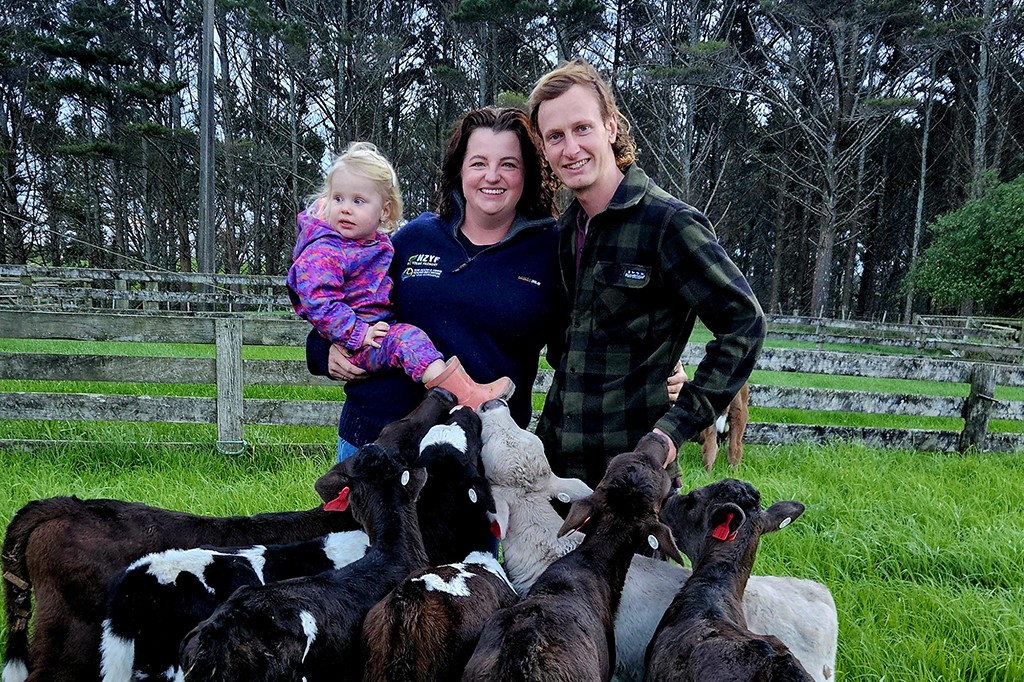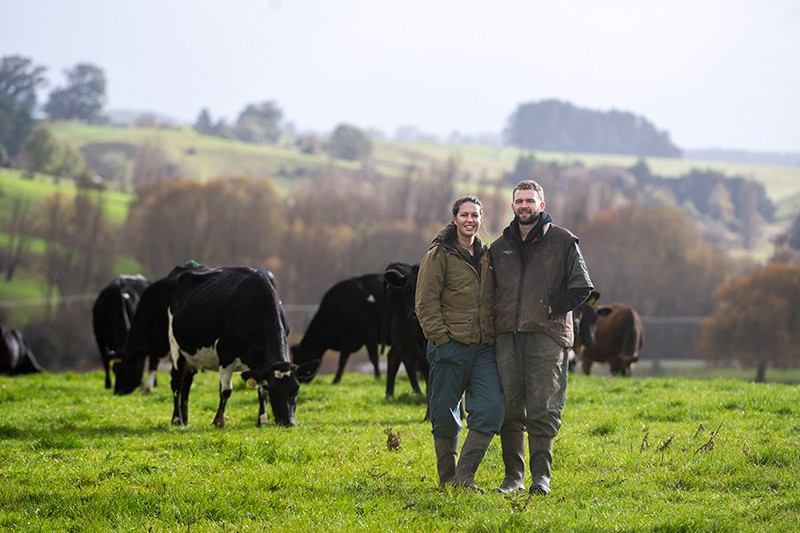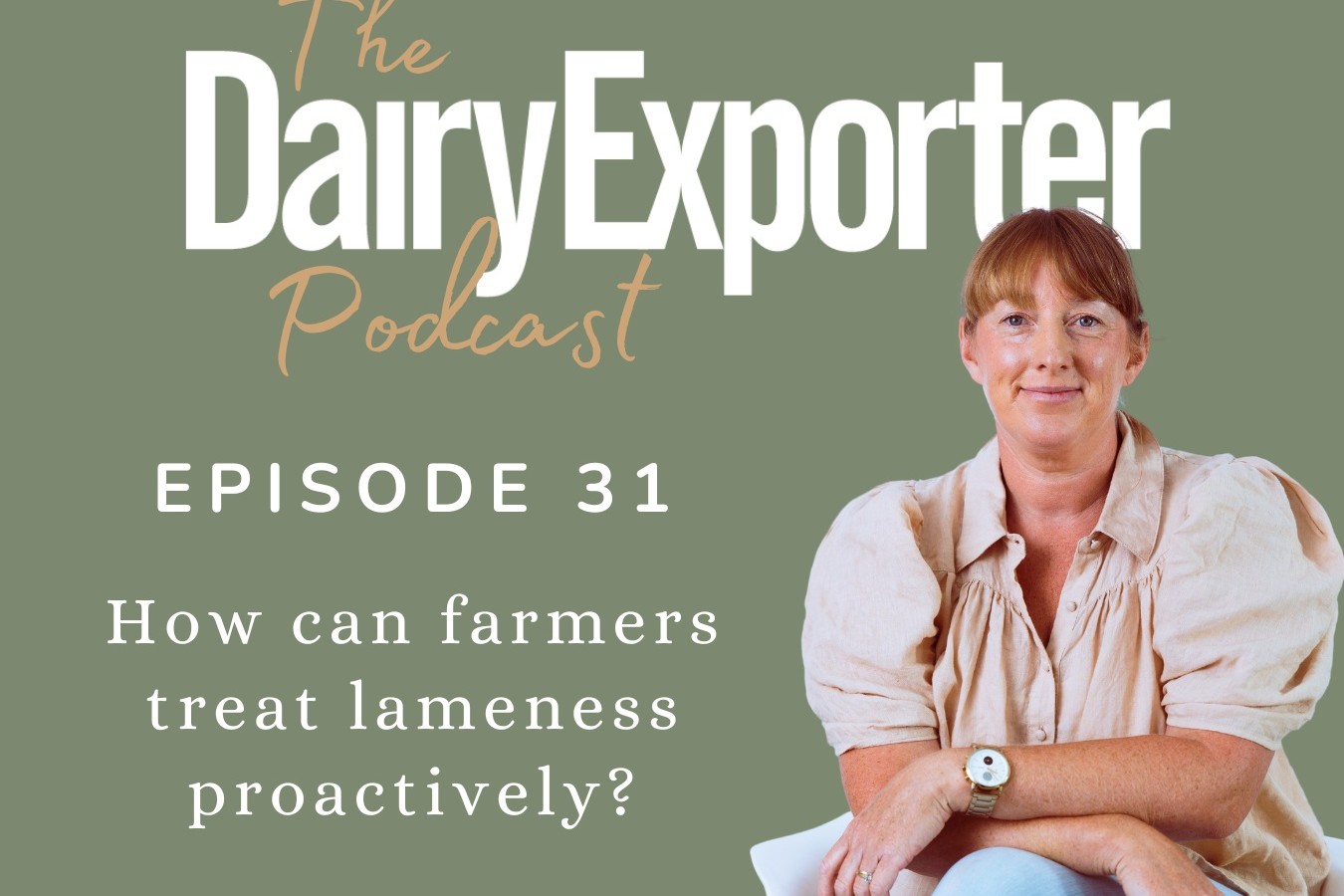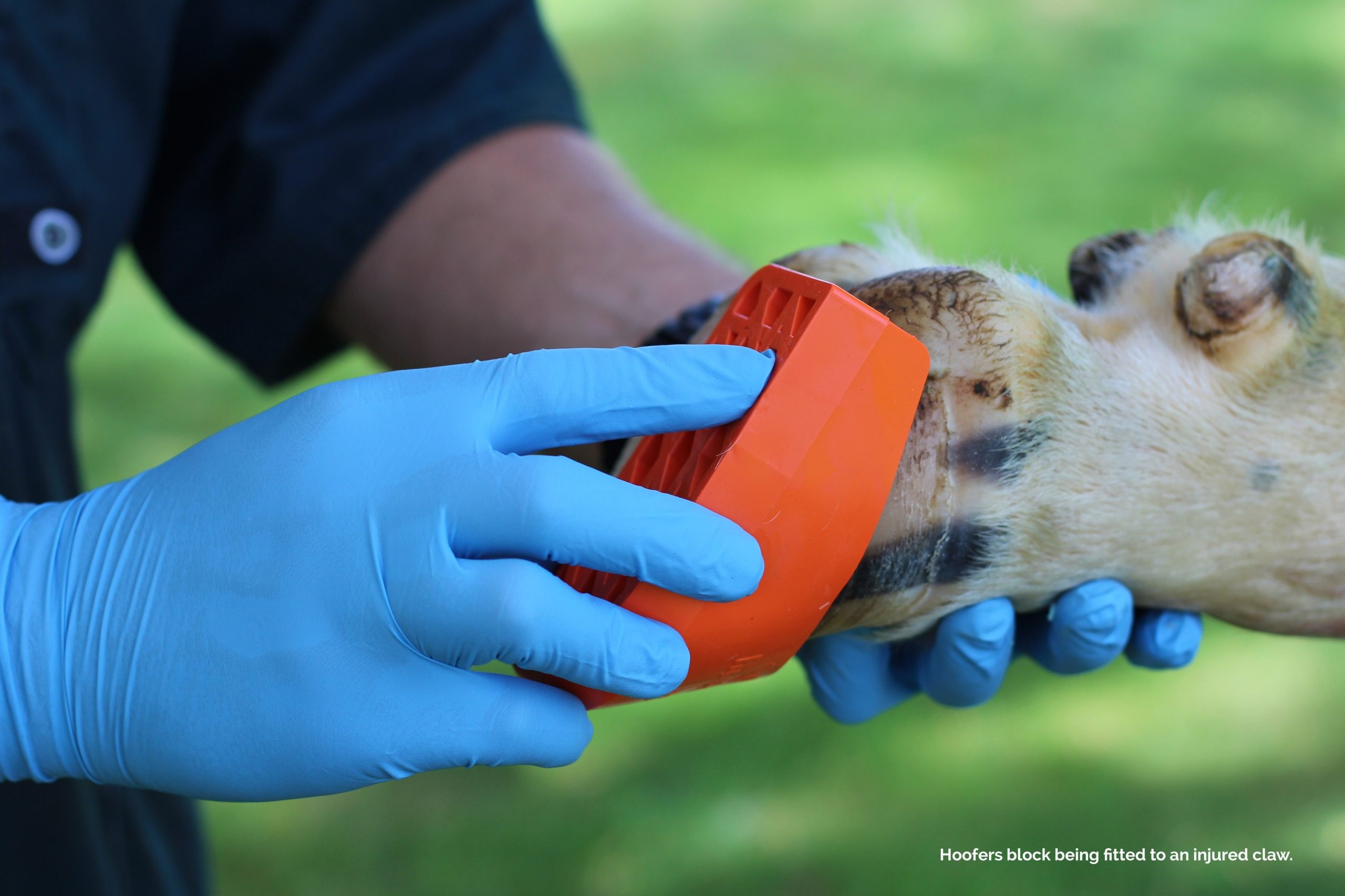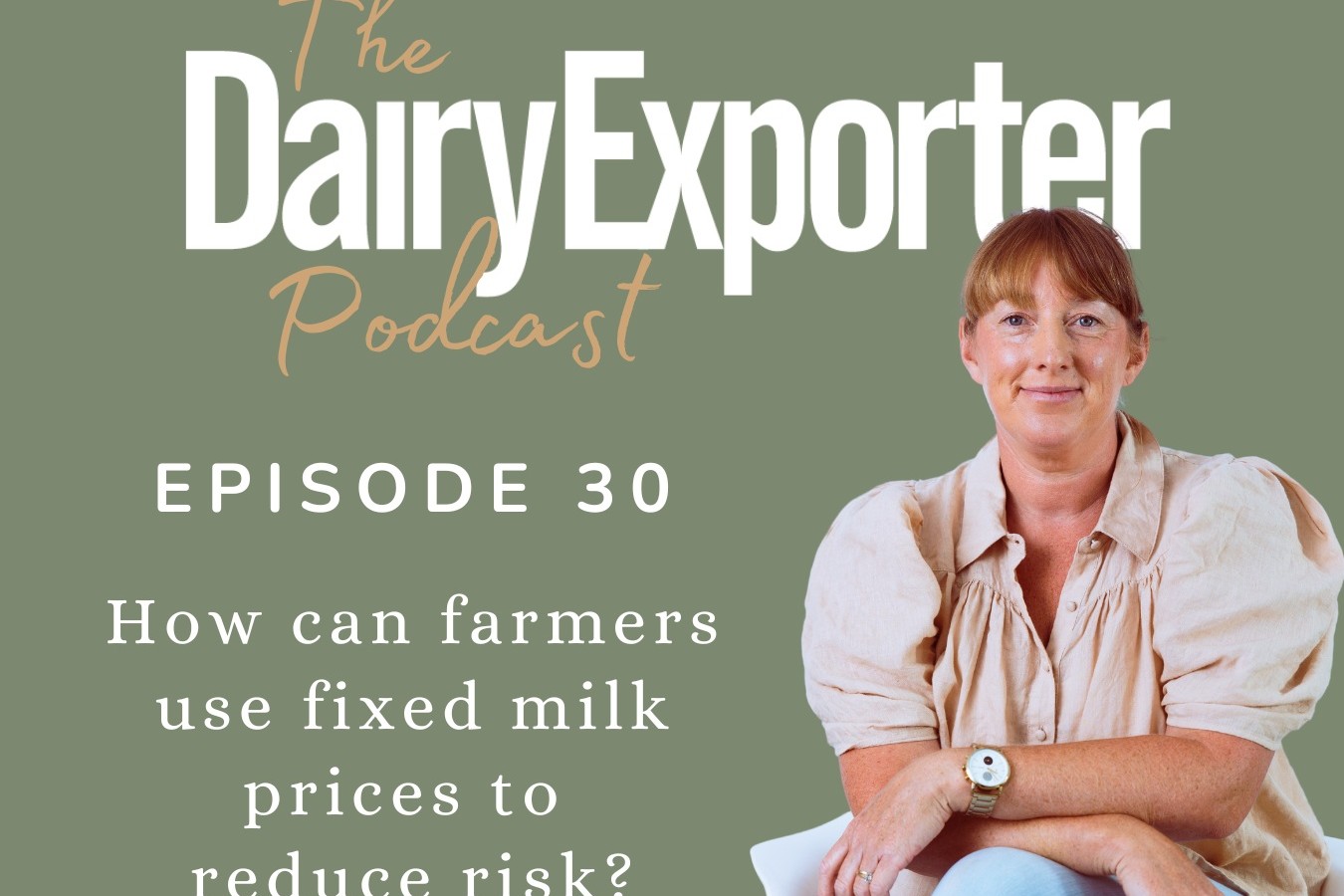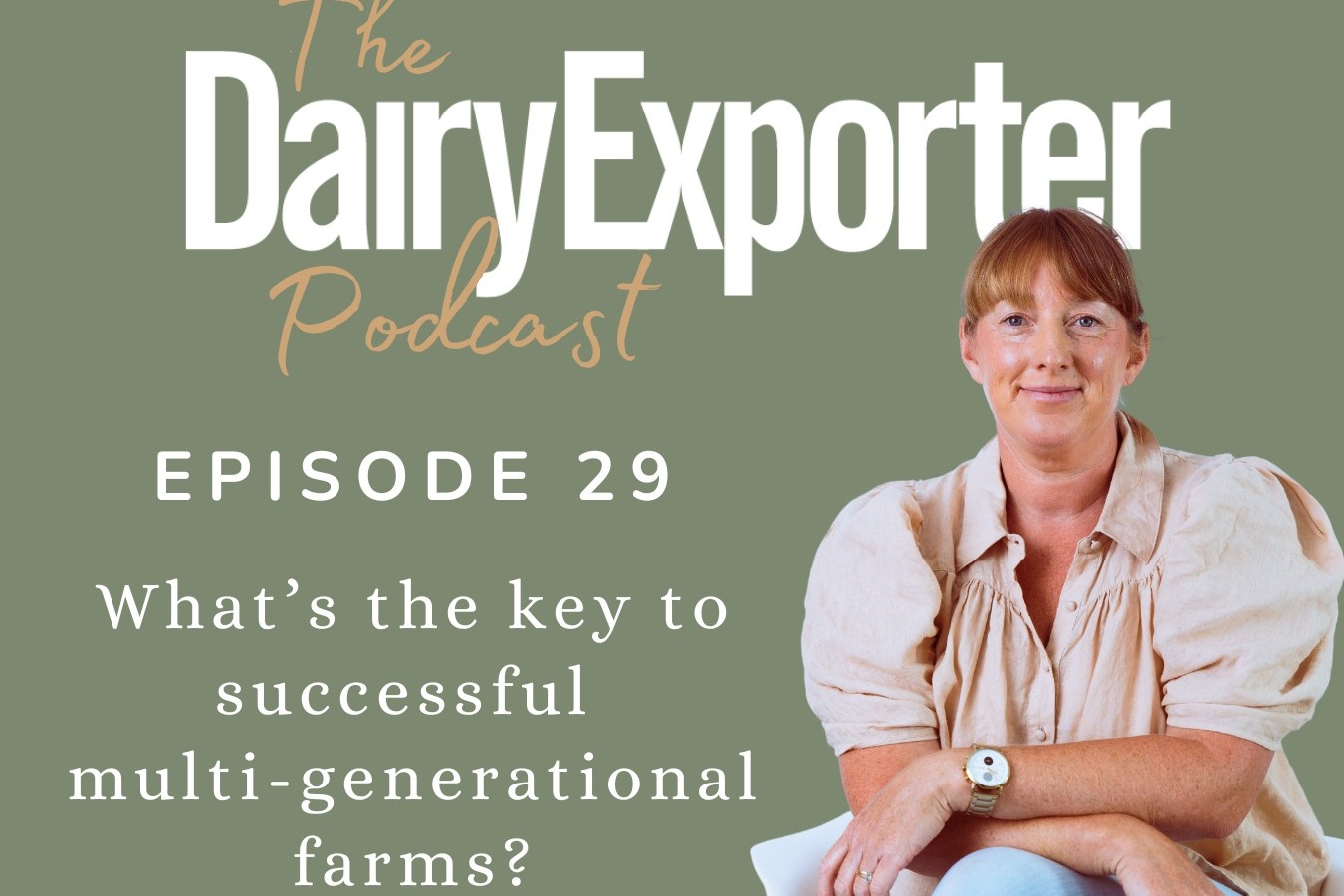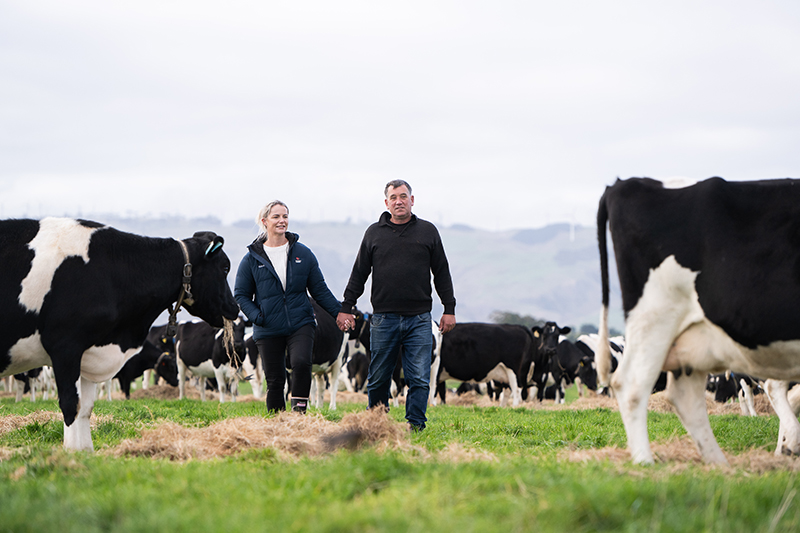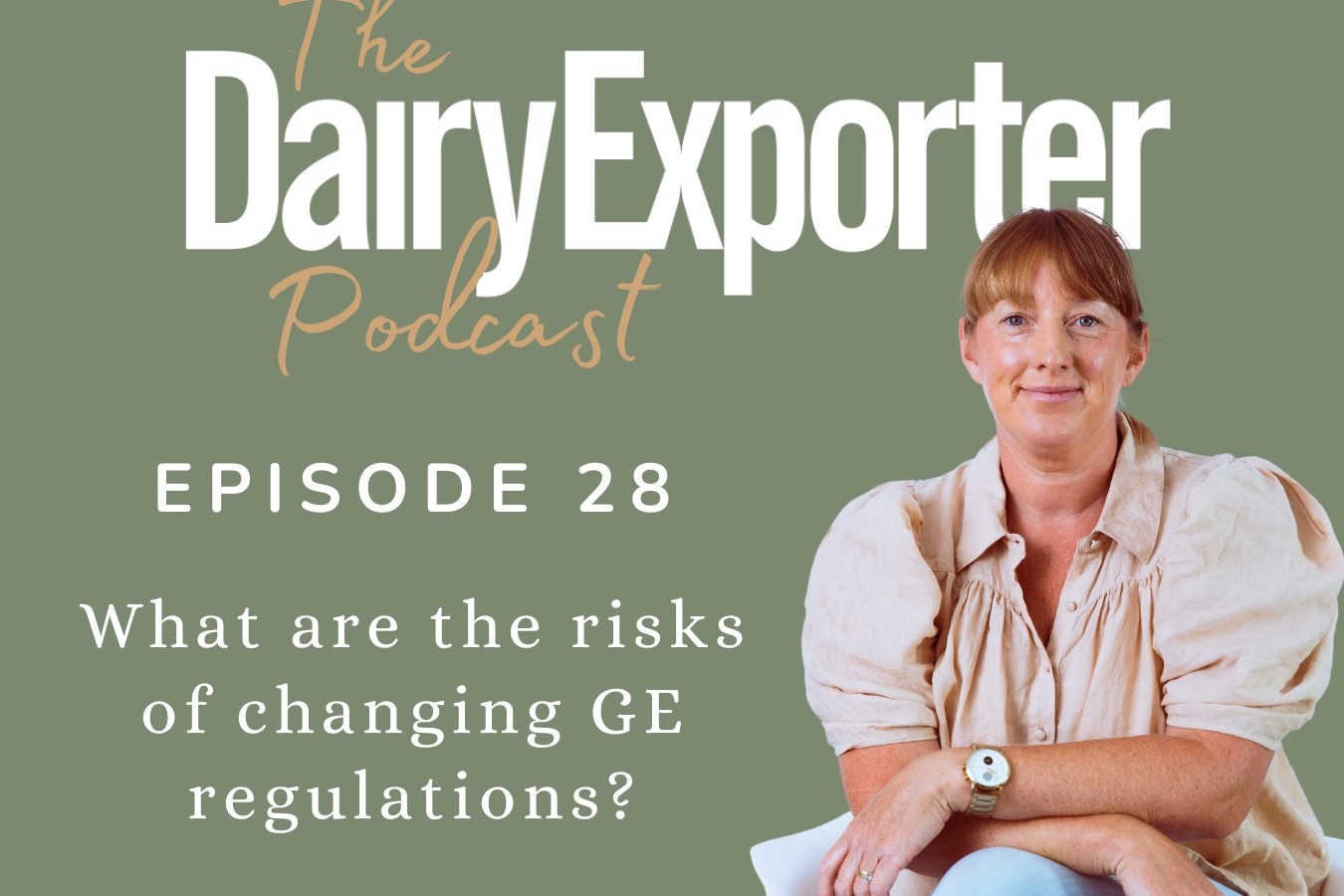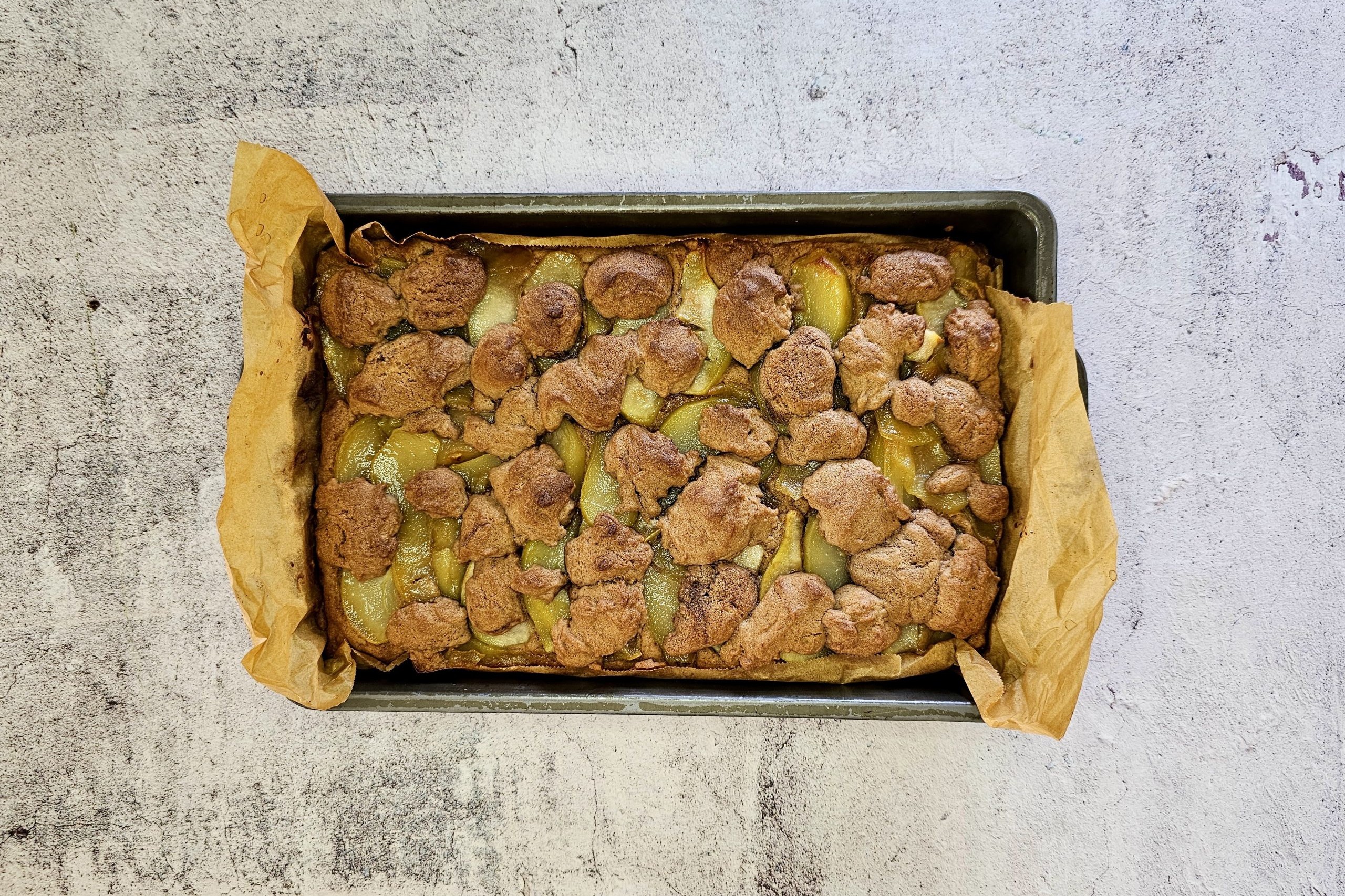Dairy Exporter Spring 2024
Managing farm solutions
Northland academic Kieran McCahon has been putting his farm systems knowledge to the test on his family farm. The winner of this year’s Dairy Manager of the Year wants to help the industry find solutions to future challenges. Words Sheryl Haitana.
Sticking to their strengths
Courageous is the word Will Hinton uses to describe his partner Kali Rangiawha. It was Kali’s brave decision to go contract milking 200 cows by herself when she was pregnant and with their two-year-old in tow, which has led them to where they are – the 2024 Share Farmers of the Year. Words Sheryl Haitana. Photos Brad Hanson.
Episode 31 – How can farmers treat lameness proactively?
The health of the herd is front of mind for dairy farmers, especially with the calving season well underway. Issues like lameness can be costly and disruptive for a herd, so how do farmers keep ahead of the problem in the first place?
We talk to those who know animal health best, including vets and researchers, to discuss what proactive solutions are out there to either minimise or prevent lameness in the first place.
Detecting lameness
Spotting lame cows is not one of our strong suits. If farmers can detect lameness earlier, it can benefit the cow’s recovery and can help prevent future lameness cases. Words Emma Cuttance.
Episode 30 – How can farmers use fixed milk prices to reduce risk?
Milk price makes up over 50% of risk in a dairy farm business, and increasingly more farmers are adopting milk hedging options to make their income less risky. Some 20-25% of dairy farmers and manufacturers are using milk hedging tools, but how do farmers find out where to start, and what the risks are?
Hear from experts on some key points to be aware of on various hedging options, and from a farmer who has been fixing his milk price for years: James Atkinson, Derivatives Sales Manager, NZX; David Jensen, Bay of Plenty Farmer; and Brett Wooffindin, Director, Lawson Avery Limited.
Fixing a future
Nearly a quarter of New Zealand milk is being managed via milk hedging tools, with more dairy farmers and processors looking to manage their risk profile. In a volatile world where milk price, milk production and onfarm costs are fluid, should farmers be locking in more of their business portfolio and if so, what tools are best suited to your farm? Words Sheryl Haitana.
Episode 29 – What’s the key to successful multi-generational farms?
Maintaining a fifth-generation farm is no small feat, and the Stewart family farm just out of Palmerston North is a great example of how to keep the family business running into the future. Sheryl talks to both the fourth and fifth generations of Stewarts on the farm, with projects ranging from transitioning to dairy, investing time and money into regenerative native bush, and building a boutique accommodation service.
Listening to the land
David Stewart was a displaced Highlander who decided to move his young family to New Zealand in the 1880s after contracting tuberculosis, in the hopes the climate would improve his health. He purchased 80 acres of land at Hiwinui and died soon after from TB, leaving his wife living in a tent with two young kids. Five generations later, the Stewart family remain at Hiwinui and in 2024 have been recognised for their commitment to farm stewardship, winning the Horizons Ballance Farm Environment Regional Supreme Award and the Fonterra Responsible Dairying Award. Words Sheryl Haitana Photos Brad Hanson.
Episode 28 – What are the risks of changing GE regulations?
In the third episode of our GE & GM discussion series, hear from two different sides of the debate, on what the risks are of introducing GE into our market, and how these risks could be managed and identified.
Hear from Jon Carapiet from GE Free New Zealand, and Dr Alec Foster from Scion Research.


